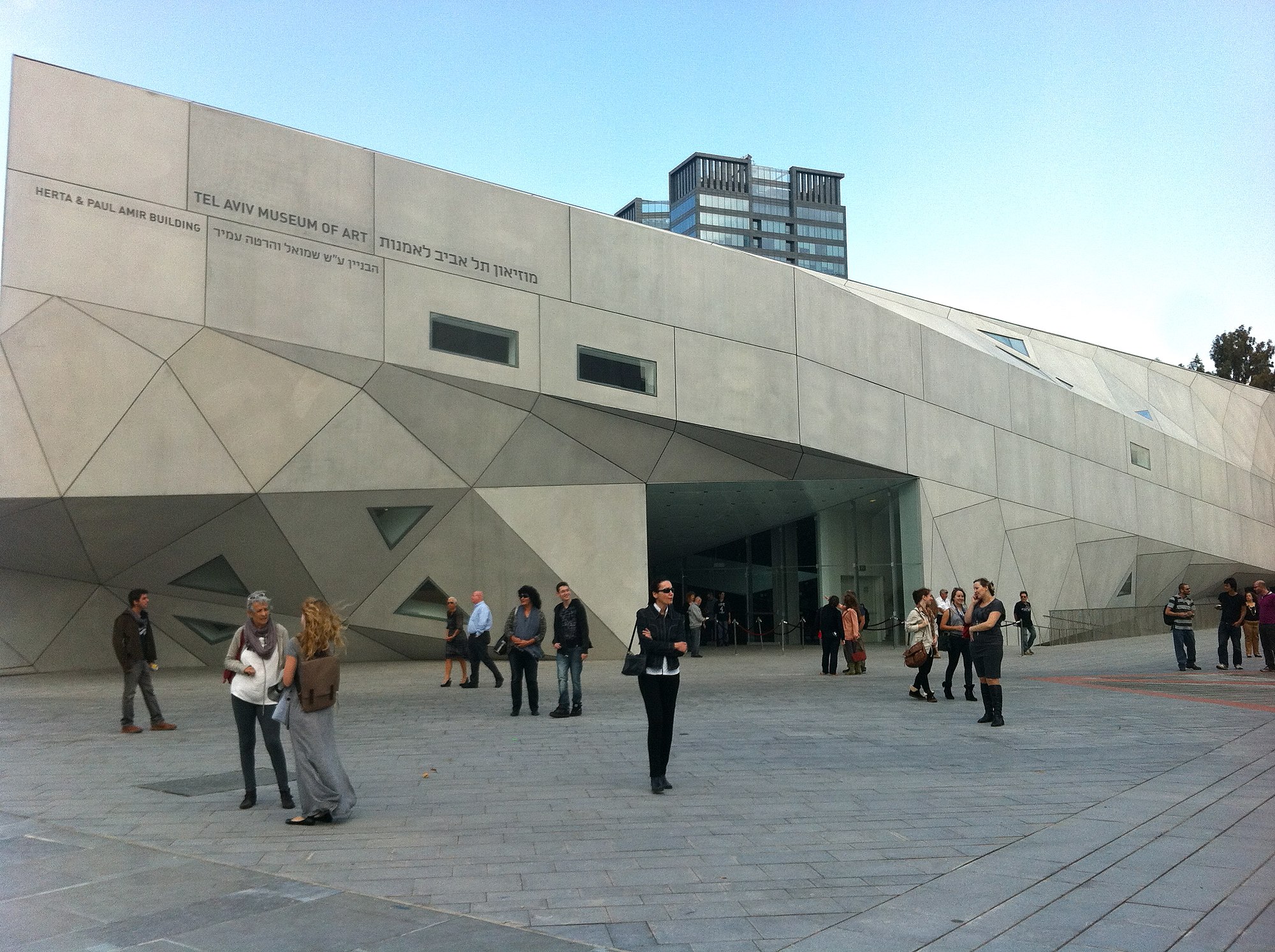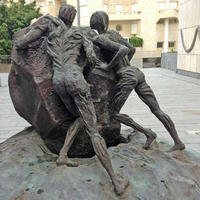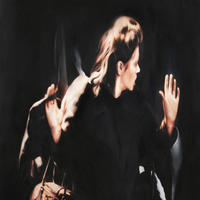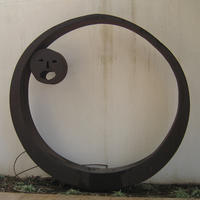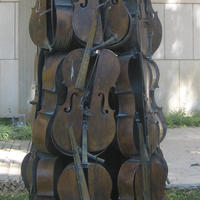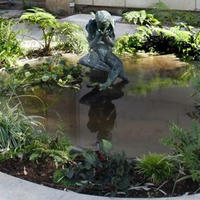More about Tel Aviv Museum of Art
Works at Tel Aviv Museum of Art
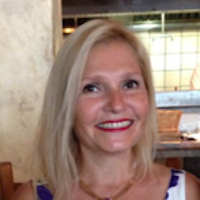
Contributor
The Tel Aviv Museum started in the home of Tel Aviv's first mayor, Meir Dizengoff, in 1932.
It was later moved to a nice airy Bauhaus-style building right next to the Opera and to two of Tel Aviv’s main theaters in 1971. Tel Aviv is sometimes called ‘the white city’ because of all the light-colored Bauhaus structures, and the museum fits right in.
In 2011, they added a shiny new wing. The two wings are connected by a glass hallway. The new wing looks like a spaceship from the outside and was the result of an international design competition won by the Chair of Architecture at Harvard. It manages to make the most of the triangular site, and makes great use of lots of natural light, even though a large portion is underground.
There is a spectacular 87-foot high atrium known as the ‘lightfall’. The project was funded by Herta and Paul Amir. Paul is from Slovakia; he survived the Holocaust and came to Israel in 1946. He lived on a kibbutz until 1960 and then left for the US where he made his fortune in real estate development and amassed a great art collection.
The restaurant is beautiful and has a great bar, and one bonus of the two-wing setup is that there are two gift shops, one in each wing.
Featured Content
Here is what Wikipedia says about Tel Aviv Museum of Art
Tel Aviv Museum of Art (Hebrew: מוזיאון תל אביב לאמנות Muzeon Tel Aviv Leomanut) is an art museum in Tel Aviv, Israel. The museum is dedicated to the preservation and display of modern and contemporary art from Israel and around the world.
Check out the full Wikipedia article about Tel Aviv Museum of Art

